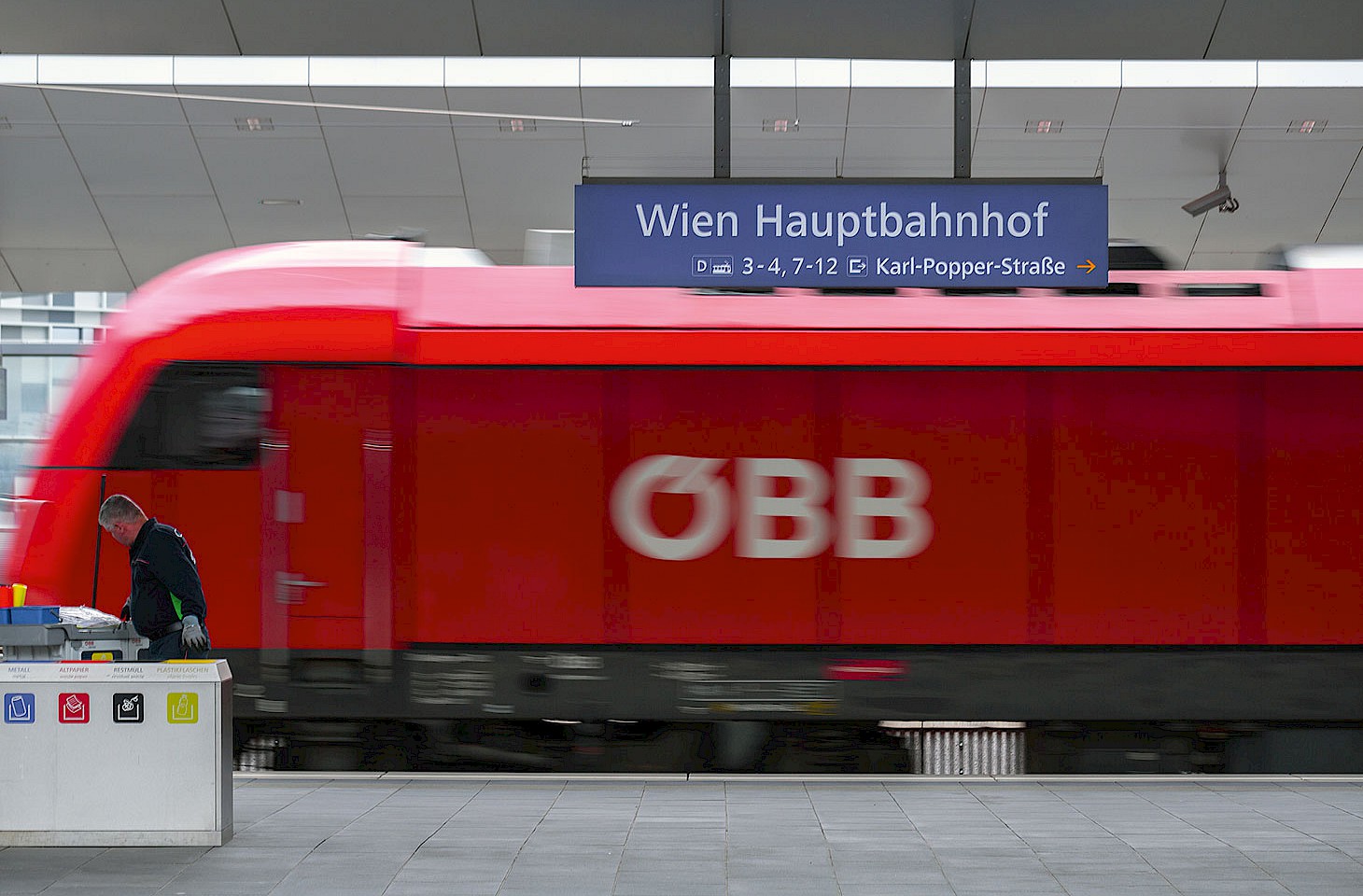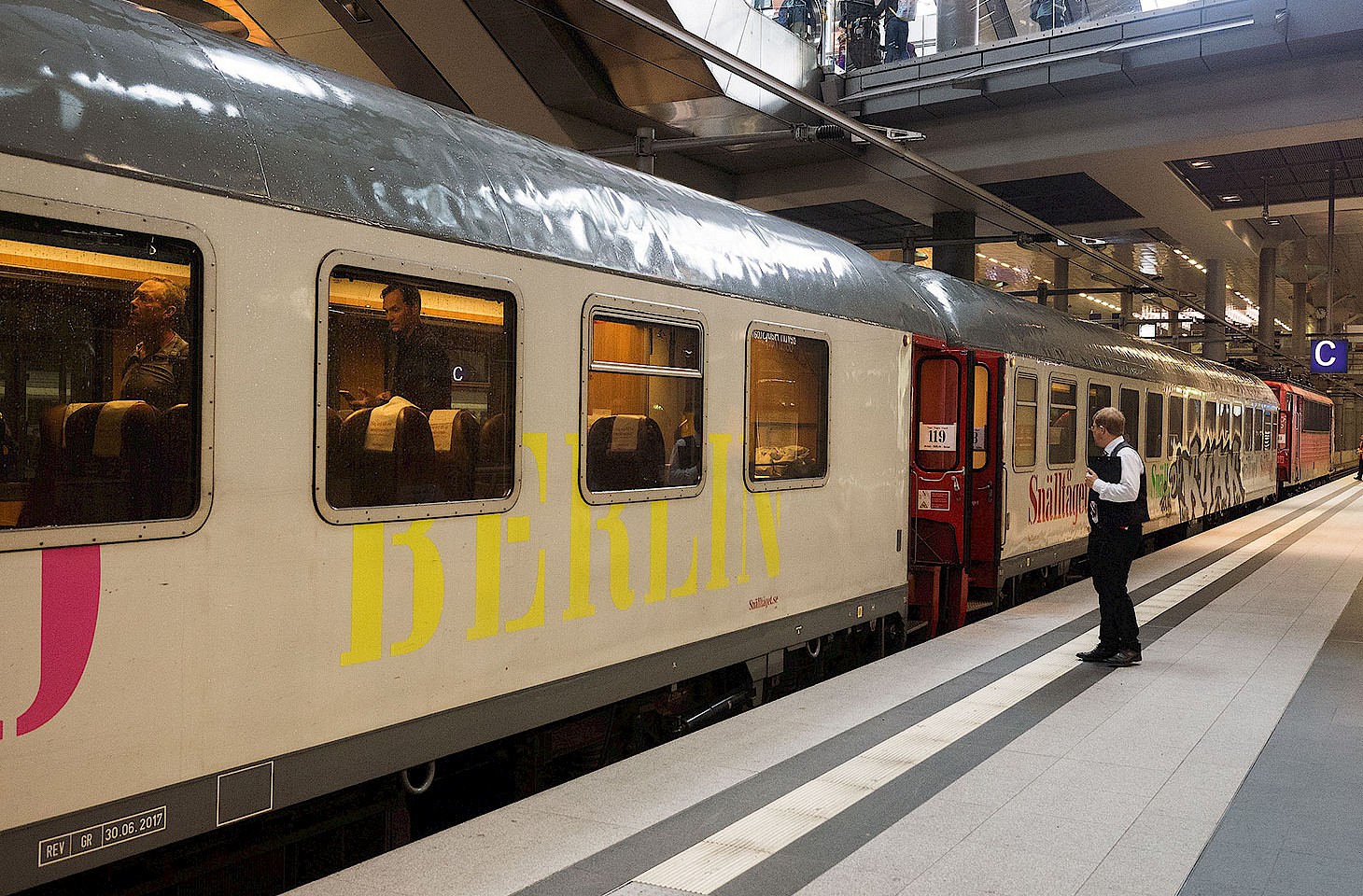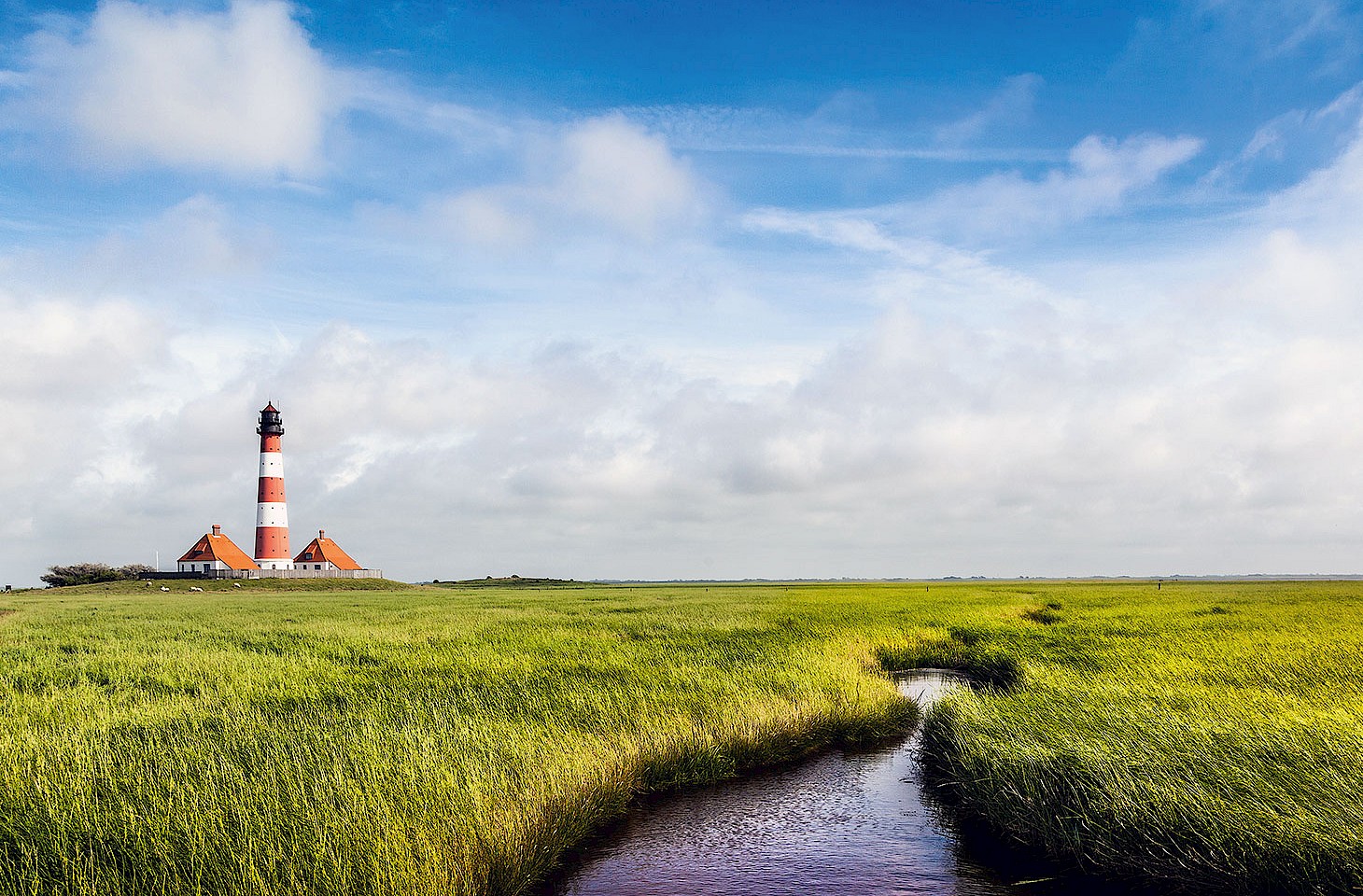Twenty years ago this summer, each new week seemed to bring another momentous political event as the two German States edged towards Union. On 1 July, the East German Mark was consigned to currency oblivion as the German Democratic Republic adopted the Deutsche Mark. On the morning of 31 August 1990, representatives of the two German governments met in Berlin and signed the Unification Treaty that was to come into effect on 3 October. And on the afternoon of 31 August 1990, the Berlin Wall claimed its last victim. We remember Christoph-Manuel Bramböck, born 1 October 1975, who died 31 August 1990 at a spot on the former border very close to where we live and work. Christoph-Manuel was the victim of a terrible accident. He was chipping away at the bottom of the Wall, keen to get some fragments of the fast disappearing structure. His efforts had loosened a slab of concrete higher up the Wall, which crashed down on Christoph-Manuel’s head.
He died instantly.
RIP Christoph-Manuel Bramböck, born 1 Oct 1975 — died 31 Aug 1990
Nicky Gardner and Susanne Kries
(editors, hidden europe)




